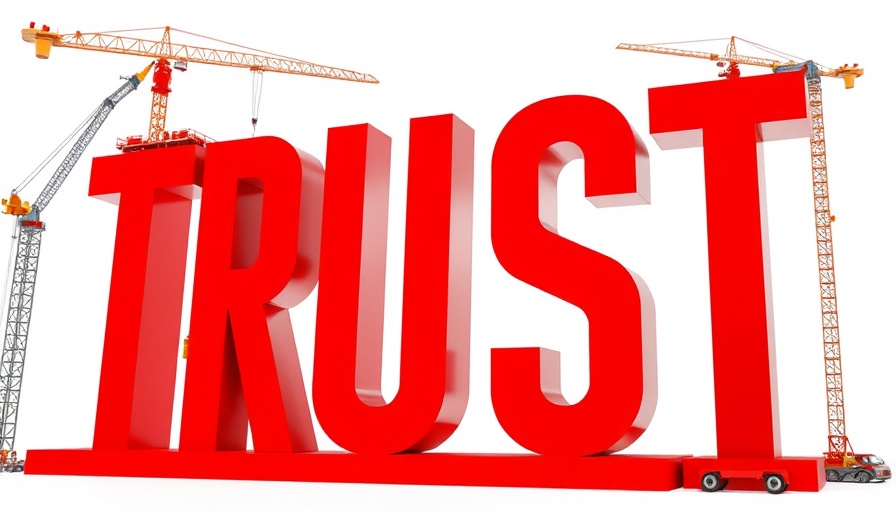
Change Management Confidence: An Illusion?
HR professionals are feeling optimistic, with a recent report from The Conference Board revealing that 73% of HR leaders and 60% of employees feel prepared for change. However, this confidence is overshadowed by the haunting specters of past change initiatives that largely failed due to poor execution and unmet expectations. As organizations face a landscape that demands agile transformation, understanding the underlying reasons for previous failures is crucial.
The Gaps in Change Initiatives
Despite the collective optimism, many HR leaders are keenly aware of the gaps in previous change efforts. Limited success in past initiatives often stems from inadequate measurements, ineffective communication channels, and poor alignment across departments. Erka Amursi, principal researcher at The Conference Board, emphasizes how 'reactive and inconsistent' change management can foster an environment of fatigue and disengagement among employees. This sentiment resonates particularly strongly in the C-suite, where transformation fatigue looms large; about 40% of CEOs express a reluctance to lead large-scale transformations due to their low success rate—23%—in delivering lasting results.
HR's Pivotal Role in Change
While challenges abound, HR leaders stand at the forefront of driving successful transformation. Reports suggest that Chief Human Resource Officers (CHROs) are strategically positioned to help guide their organizations through transformative periods. By focusing on key areas like employee retention strategies, performance-driven leadership, and internal mobility, HR teams can engineer a high-performance culture.
Strategies for Effective Change Management
To ensure that future change management initiatives thrive, The Conference Board recommends investing in structured change management resources and building capabilities across the organization. Developing full-time change management teams, fostering ongoing learning and resilience, and creating a culture that views change as an ongoing journey—not a one-off event—are critical steps. Furthermore, adopting a tailored communication plan and measuring results continuously can bridge the gaps that often lead to disengagement and burnout.
Conclusion: Take Action Now!
As organizations navigate the complexities of evolving workplace dynamics, now is the time to foster environments that are not only responsive to change but also proactive in creating pathways for success. By embedding a people-first leadership approach and refining workforce strategies, HR leaders can position their organizations for sustainable growth amid change.
 Add Row
Add Row  Add
Add 




Write A Comment